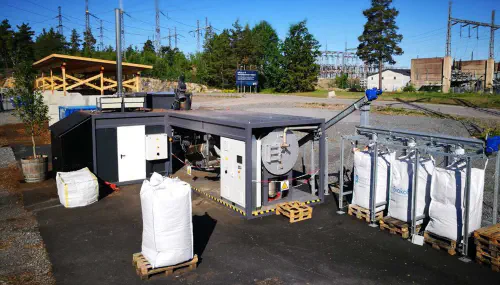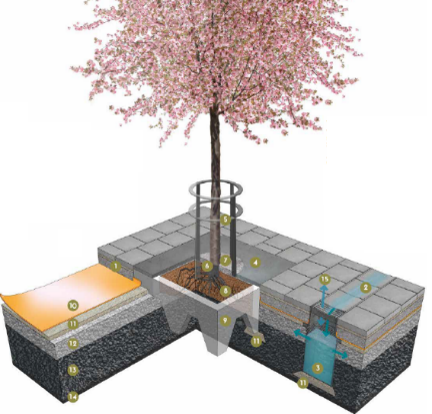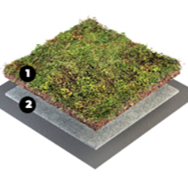
5 - Biochar product use
It is usually during the use phase of biochar products that many of the biochar effects take place: e.g. improved water holding capacity of a soil, reduced emissions from fertiliser applications, or improved stormwater management.
The use phase of biochar products often lasts several decades (e.g. urban soils, green roof), but can also be limited to less than a few years (e.g. filters). In the case of application to agriculural soils, the use phase is theoretically infinite (and undistinguished from the end-of-life of the biochar product).
A challenge when assessing new biochar products with long service life is to describe, understand, and quantify (over time) the biochar effects that take place during the use phase.
](5-use-agroecosystemeffects.jpg)

